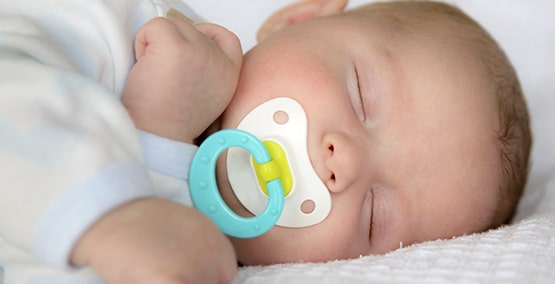
Pacifier alert
Not all babies need to be pacified
-Tips and Tricks for giving your baby a pacifier

- Not all babies need or want a pacifier.
- Sucking on a pacifier is much different than sucking on a breast, so do not push one on your breastfeeding newborn until nursing is established (about 1 month), and decide if your baby even needs one after 2 months.
- Pacifiers should be wider than the baby's mouth
- They should have one-piece construction orthodontic nipples, and ventilation holes to prevent skin chapping. Never attach it to the baby's body or crib with a string or cord longer than 7 inches (to prevent strangling).
- Long-term use of a pacifier can contribute to chronic ear infections, impaired bite and speech, and dental problems. Remove the pacifier when your baby is sleeping.
- Never give a pacifier when your baby is hungry.
- The real need for pacifiers is over by age 6 months, even though the desire for them may continue.
- It's easier to wean babies off pacifiers before they become addicted to them.
- They will be naturally distracted from sucking by new skills of sitting, crawling, and hands-free locomotion.
- Avoid using a pacifier as a crutch to stifle fussing; find out why your baby is fussing.
- Never put your baby's pacifier in your mouth because your baby doesn't need your bacteria.
Adapted from Nurturing with Nutrition by Dr. Melanie Bezarte and Lucille Beseler, RDN




